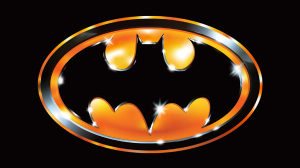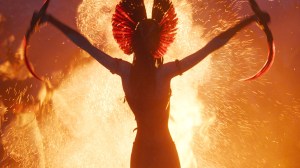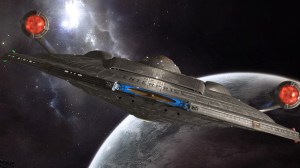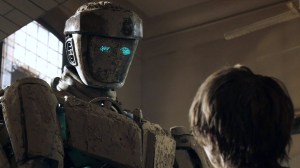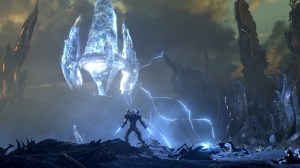Grant Morrison is one of the comic industry’s most beloved creators. Morrison started their American comic career in 1988 and was a mainstay of the industry until 2021, leaving the industry as a full time comic creator at that time. Morrison has worked with some of comics’ greatest characters — Superman, Batman, Wolverine, the X-Men, the Justice League, the Fantastic Four — and created multiple creator-owned series full of wild hedonism, mind bending concepts, and esoteric philosophies. Morrison’s career shows a creator who is amazing at telling long form stories — for example, their New X-Men run, from start to finish, is one long story — but they’re also one of the best writers of single issue stories in the history of comics.
Videos by ComicBook.com
Single issues are something of a lost artform in the modern comic industry. Stories have been “written for the trades” since comic companies realized they could sell collected editions of six issue stories in bookstores for twenty dollars a pop. It’s rare to get a good one and done story in comics. Morrison has always proven to be good with this kind of story, giving readers everything they could ask for from a single issue. There are a lot of amazing Morrison single issue stories out there, but these seven are the best, taking readers on wild rides in that way that only Morrison can.
All-Star Superman #10

All-Star Superman is one of Morrison’s best known works. Morrison teamed with frequent artistic collaborator Frank Quitely for a story that many fans call the greatest Superman story of all time. All-Star Superman is a masterpiece, and nearly every issue of its twelve issue run is a single issue story. There are a lot of great choices — All-Star Superman #6 could easily be in this spot — but there’s just something about All-Star Superman #10. All-Star Superman #10 is titled “Neverending” and it’s a basically a day in the life of Superman. He saves Metropolis from a massive robot attack, is able to enlist a group of shrunken Kandorian Kryptonians to help cure cancer in children, writes his last will and testament, and makes time to save a young goth girl whose therapist was late because of Superman’s earlier fight. That last scene is one of the most famous Superman scenes of all time, and it perfect encapsulates who Superman is as a character. “Neverending” is a perfect comic book, giving readers a succinct little Superman story that tells the reader everything they need to know about the character. Killer art and amazing writing combine to create a Superman experience that will stay with readers forever.
Batman #663

Morrison’s run on Batman is one of their finest moments, a run meant to canonize all of the wild Batman stories of the ’50s, all while taking a Batman on trip through death and beyond. It introduced Damian Wayne to the Batman mythos and pit Batman against Dr. Hurt and the Black Glove. However, Morrison still gave readers some stories starring Batman’s greatest villains, including the Joker. Morrison’s concept of the Joker — the perfect 21st century human, his madness making him a chameleon who could deal with anything — is one of the more interesting Morrison ideas, and it’s all kicked off when the Joker is shot in the head. That leads to Batman #663, a story titled “The Clown at Midnight”. It’s not your typical comic book; it’s a prose story with digital images by John Van Fleet. In it, Batman begins investigating the deaths of some of the Joker’s former henchmen, leading to a target that no one would ever expect. Morrison’s prose gives the story an edge that it wouldn’t have in a more conventional form, and Van Fleet’s horrific CG does a great job of working with the words. “The Clown at Midnight” is a perfect horror/detective story, one which leads to the triumphant return of the Joker in one of his most horrific forms.
The Multiversity: Thunderworld Adventures #1
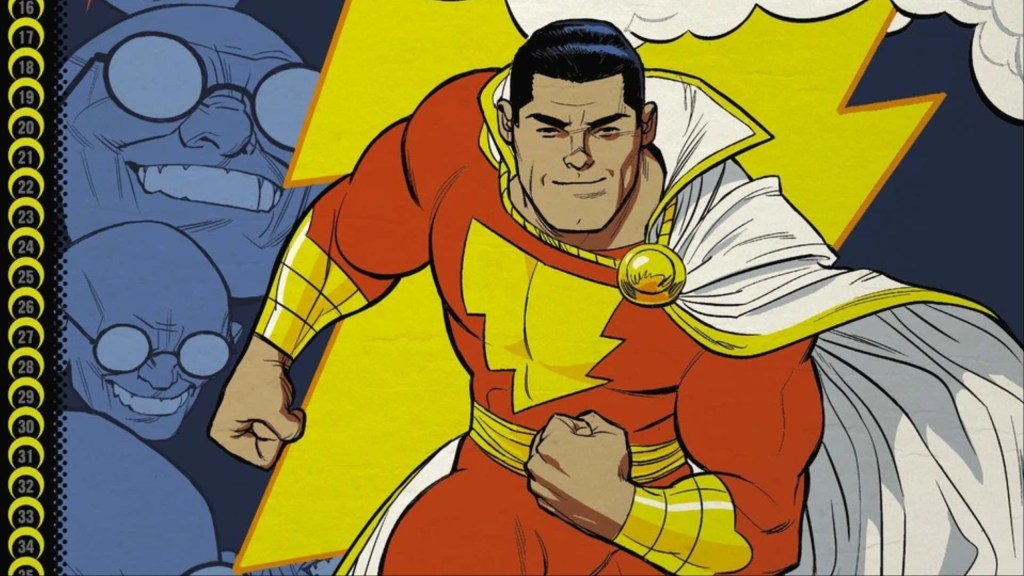
The Multiversity is one Morrison’s most underrated works, two bookend issues with seven one-shots taking place on the different Earths of the Multiverse. These are some of Morrison’s best works. The Multiversity: Thunderworld Adventures #1, with artist Cameron Stewart, titled “Captain Marvel and the Day That Never Was”, is one of the best Shazam/Captain Marvel stories ever. It takes place on Earth-5, where Shazam (still called Captain Marvel back then) and the Shazam family protect the world. Shazam’s greatest enemy, Doctor Sivana discovers the Multiverse, teaming with all 52 versions of himself, and attacks the Rock of Eternity. From there, things get insane in the best possible ways, as the Sivanas create a new day — Sivanaday, the day that Sivana can’t lose. It’s classic superhero action that you just don’t get in the 21st century; it’s a throwback written with a modern sensibility. Shazam can be a hard sell in the modern day. However, Morrison was able to embrace the character’s history and tell a story that gave the roadmap for bringing him and his world into the modern day.
RELATED: These Are Grant Morrison’s Best Comics (That Aren’t All-Star Superman)
JLA #5

Morrison’s run on JLA gave readers one of the greatest superhero comics of the ’90s. JLA revitalized the concept of the Justice League, and was full of the kind of big concept, widescreen action that Morrison was so known for. Morrison worked with regular artist Howard Porter for the majority of their run, with most stories running for several issues. However, there are several marvelous single issue stories. After the book’s inaugural four issue story, Morrison gave readers a one and done in JLA #5, titled “Woman of Tomorrow”. The Justice League decides to start a recruitment drive, and settle on a new hero named Tomorrow Woman. However, Tomorrow Woman is too good to be true; she was created by Professor Ivo and T.O. Morrow to destroy the League from within. She’s a true masterwork, but much like Morrow’s Red Tornado, she’s more human than Morrow and Ivo imagined. As she works with the Justice League, she starts to love and respect them. leading to her making a fateful decision in the battle against an enemy known as IF. It’s an amazing little yarn, as Morrison shows a being becoming sentient in real time. It’s a wonderful little story, and is one of the best Justice League stories in a run full of best of all time Justice League stories.
New X-Men #132

Morrison’s New X-Men is a masterpiece, taking everything great about the X-Men and presenting it in new ways, living up to its name. When most people think of the best single issues of New X-Men, most people think of issue #121, the famous silent issue. It’s a great issue, but honestly, it’s more of a Frank Quitely single issue than a Morrison one. However, there’s a better single issue story later in the run — New X-Men #132’s “Ambient Magneto Fields”, with artist Phil Jimenez. This story sees Xavier and Jean Grey travel to the devastated Genosha, meeting with Storm and Thunderbird from the X-Treme X-Men, and members of X-Corp. Something has been happening on Genosha since the Mega-Sentinels destroyed it, and most believe that it is haunted by the 16 millions dead mutants interred there. What follows is one of the most poignant issues of New X-Men, as the truth behind the whole situation is revealed. Morrison’s New X-Men is a book full of different vibes and genres, but even in a series known for being different than any other X-Men run, New X-Men #132 stands out.
Animal Man #5
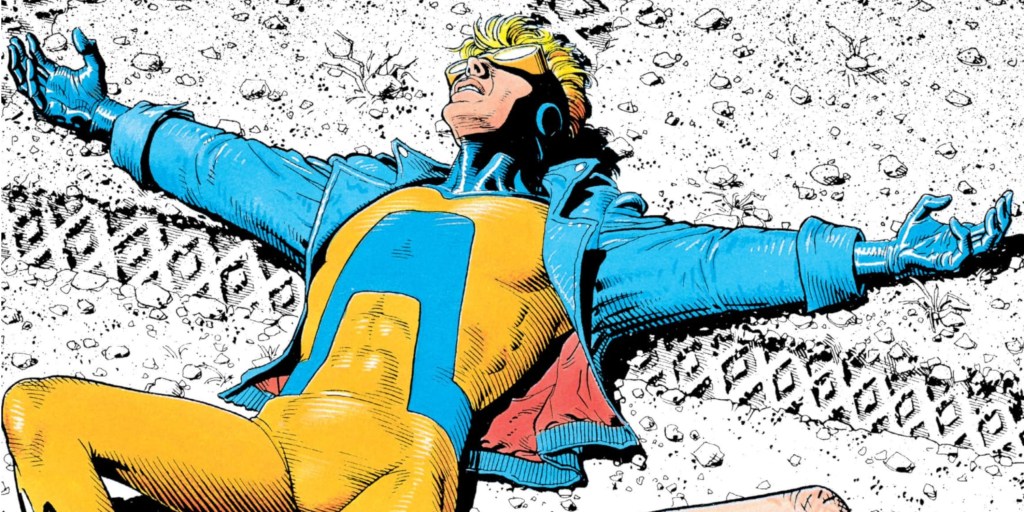
Morrison’s broke into the American comic industry with Animal Man. It was meant to be a four issue miniseries, but its success saw the series extended to an ongoing. This meant that Morrison and artist Chaz Troug got to tell their story, and it started with Animal Man #5, titled “The Coyote Gospel”. The story revolved around a Wile E. Coyote type character from a cartoon universe. His life is full of pain and suffering, trapped in a cycle of “funny” stories that are actually torture for him. He learns that he’s from a fictional universe, created to entertain humans, and is able to escape to the real world, trying to learn why we love tormenting his people. What follows is a heartwrenching story that introduces the key idea of Morrison’s run in a single issue. It’s a phenomenal comic, full of character and emotion. It’s the book that showed exactly what Morrison could make Animal Man. It’s one of Morrison’s best American comic works, an issue that constantly surprises readers. While there are some who prefer Animal Man #15 — the issue that sees Animal Man and Dolphin try to stop a terrible tradition in a fishing village — “The Coyote Gospel” is an amazing comic that just can’t be topped.
The Invisibles (Vol. 1) #12
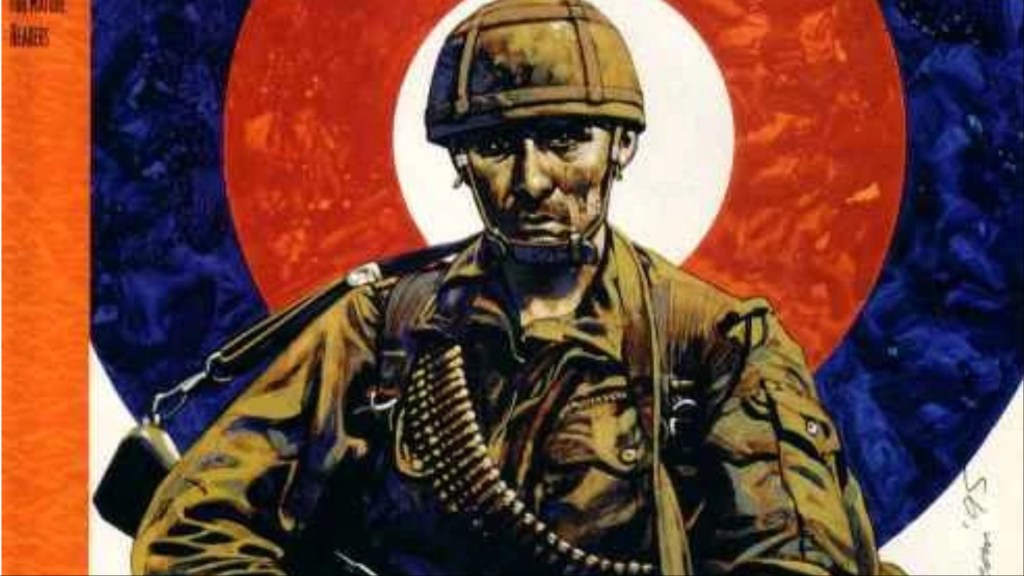
The Invisibles is Morrison’s ’90s magnum opus, a story that combined everything the writer believed and enjoyed. It’s an amazing work, full of unconventional ideas and brilliant storytelling. There are a lot of great stories from the book’s six year history, including some amazing single issue stories. The one that stands out the most is The Invisibles (Vol. 1) #12, with artist Steve Parkhouse, titled “Best Man Fall”. “Best Man Fall” follows a henchmen killed in the first issue by King Mob. “Best Man Fall” digs into his life, showing that he was more than just a faceless baddie, but a person with a complicated life. He’s no saint — he hits his wife — but we get to see why he became the person he is, and him deciding to turn over a new life before taking a bullet in the head. The point of the issue is the question of evil — is every henchman a monster, or are they damaged people taking a job? It will change the way you look at any action scene where the hero mows down a room full of henchmen, which is the point. Much like “The Coyote Gospel” before it, it posits an idea — that violence isn’t the answer — that will become more important as the series go on. It’s not the most important issue to the overall plot of The Invisibles, but it’s an issue that will stay with readers long after they put it down.

